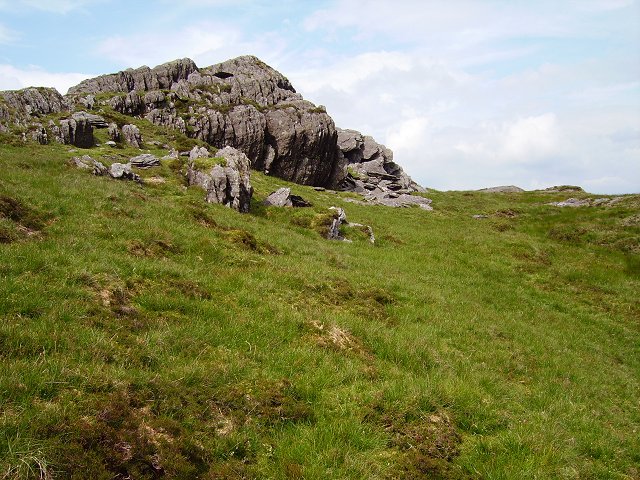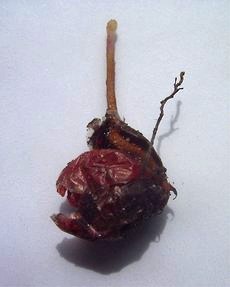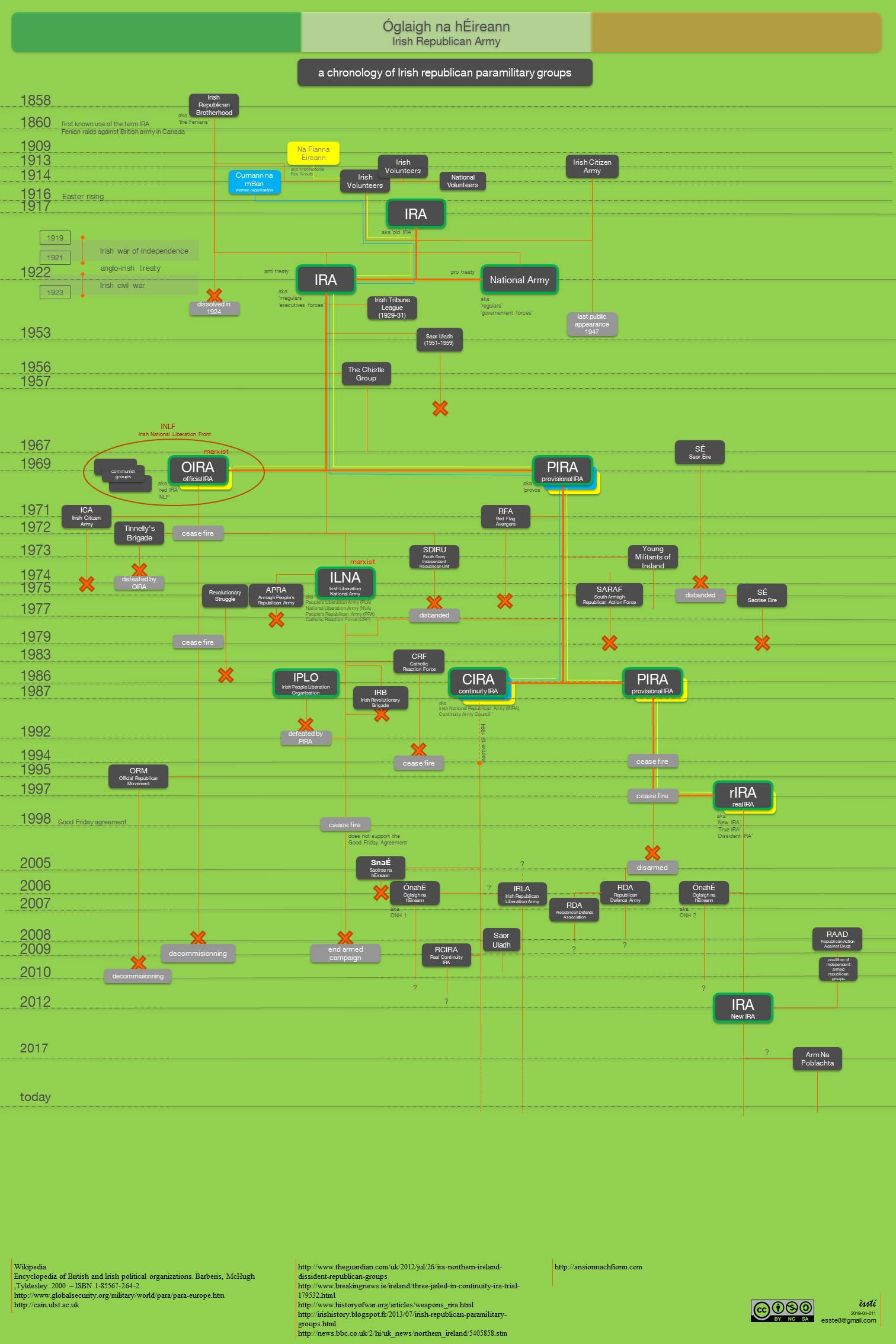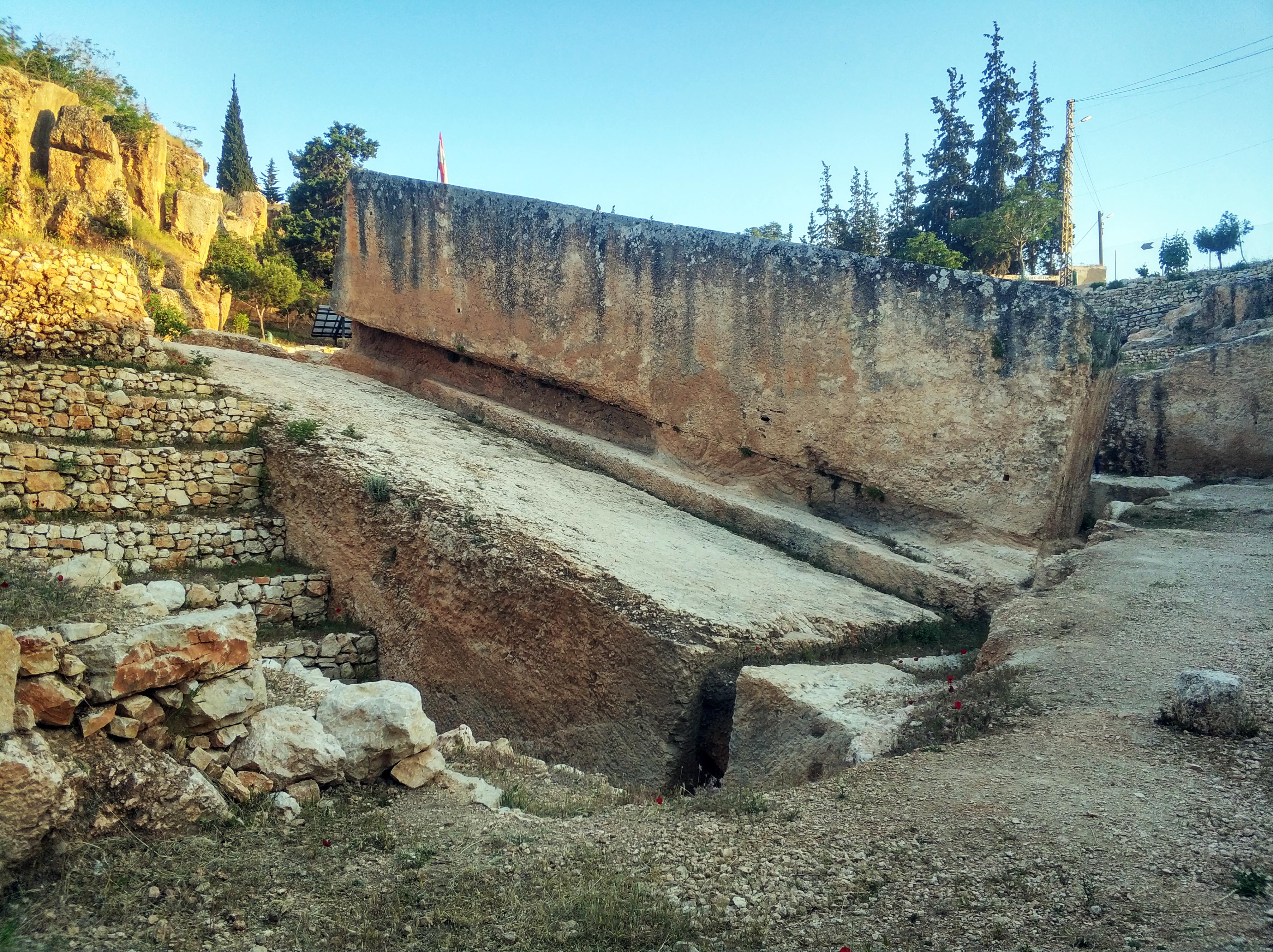|
Shehy Mountains
The Shehy Mountains (''Cnoic na Seithe'' in Irish, meaning ''"Hills of the animal hides"'') are a range of low mountains situated on the border between County Cork and County Kerry, in Ireland. Geography and geology The highest peak (also the highest mountain in County Cork), Knockboy (''Cnoc Buí'', "yellow hill"), is 706 metres high and most of the other peaks in the range are between 500 and 600 metres high. The River Lee rises in Coomroe, a small valley at the eastern end of the range, before flowing eastwards towards Cork Harbour, where it enters the sea. The peaks mostly consist of Old Red Sandstone laid down in the Devonian period. During the Ice Age, the Shehys took their present form, when glaciers carved out the many deep valleys in the area and also eroded the mountains down to their present height. When the icecaps retreated, they left behind hundreds of lakes in the valleys and on the mountain tops. Flora The Shehy Mountains are mostly covered with pe ... [...More Info...] [...Related Items...] OR: [Wikipedia] [Google] [Baidu] |
Knockboy
Knockboy (''An Cnoc Buí'' in Irish, meaning ''Yellow Mountain'') is a 706-metre-high mountain on the border between counties Cork and Kerry in Ireland. Geography Knockboy is the highest peak in the Shehy mountain range and the highest mountain in County Cork with its summit shared with County Kerry. It is the 104th highest peak in Ireland. Geology The mountain is composed of sandstone laid down in the Devonian period which was subsequently uplifted to form a mountain range, before being eroded into its present form by glaciers during the last ice age. See also *List of Irish counties by highest point *Lists of mountains in Ireland In these lists of mountains in Ireland, those within Northern Ireland, or on the Republic of Ireland – United Kingdom border, are marked with an asterisk, while the rest are within the Republic of Ireland. Where mountains are ranked by height ... * List of mountains of the British Isles by height * List of P600 mountains in the Br ... [...More Info...] [...Related Items...] OR: [Wikipedia] [Google] [Baidu] |
Gougane Barra
Gougane Barra () is a scenic valley and heritage site in the Shehy Mountains of County Cork, Ireland. It is near Ballingeary in the Muskerry ''Gaeltacht''. Gougane Barra is at the source of the River Lee and includes a lake with an oratory built on a small island. It also includes a forest park. History The name ''Guagán Barra'' comes from Saint Finnbarr (or Barra), who is said to have brought Christianity to the southwest of Ireland. St. Finbar built a monastery on the island in the lake during the sixth century. The present ruins of a hermitage date from around 1700 when a priest called Denis O'Mahony retreated to the island. During the times of the Penal Laws, Gougane Barra's remoteness meant that it became a popular place for the celebration of the Roman Catholic Mass. The nineteenth century oratory which stands near the original hermitage is famous for its picturesque location and richly decorated interior and is a popular place for wedding photography. St Finbar's ... [...More Info...] [...Related Items...] OR: [Wikipedia] [Google] [Baidu] |
Sundew
''Drosera'', which is commonly known as the sundews, is one of the largest genera of carnivorous plants, with at least 194 species. 2 volumes. These members of the family Droseraceae lure, capture, and digest insects using stalked mucilaginous glands covering their leaf surfaces. The insects are used to supplement the poor mineral nutrition of the soil in which the plants grow. Various species, which vary greatly in size and form, are native to every continent except Antarctica. Charles Darwin performed much of the early research into ''Drosera'', engaging in a long series of experiments with ''Drosera rotundifolia'' which were the first to confirm carnivory in plants. In an 1860 letter, Darwin wrote, “…at the present moment, I care more about ''Drosera'' than the origin of all the species in the world.” Taxonomy The botanical name from the Greek ''drosos'' "dew, dewdrops" refer to the glistening drops of mucilage at the tip of the glandular trichomes that resemble d ... [...More Info...] [...Related Items...] OR: [Wikipedia] [Google] [Baidu] |
Irish Republican Army
The Irish Republican Army (IRA) is a name used by various Resistance movement, resistance organisations in Ireland throughout the 20th and 21st centuries. Organisations by this name have been dominantly Catholic and dedicated to anti-imperialism through Irish republicanism, the belief that all of Ireland should be an independent republic free from British colonial rule. The original Irish Republican Army (1919–1922), often now referred to as the "old IRA", was raised in 1917 from members of the Irish Volunteers and the Irish Citizen Army later reinforced by Irishmen formerly in the British Army in World War I, who returned to Ireland to fight against Britain in the Irish War of Independence. In Irish law, this IRA was the army of the revolutionary republic, revolutionary Irish Republic as declared by its parliament, Dáil Éireann (Irish Republic), Dáil Éireann, in 1919. In the century that followed, the original IRA was reorganised, changed and split on multiple occasions ... [...More Info...] [...Related Items...] OR: [Wikipedia] [Google] [Baidu] |
Irish War Of Independence
The Irish War of Independence (), also known as the Anglo-Irish War, was a guerrilla war fought in Ireland from 1919 to 1921 between the Irish Republican Army (1919–1922), Irish Republican Army (IRA, the army of the Irish Republic) and United Kingdom of Great Britain and Ireland, British forces: the British Army, along with the quasi-military Royal Irish Constabulary (RIC) and its paramilitary forces the Auxiliary Division, Auxiliaries and Ulster Special Constabulary (USC). It was part of the Irish revolutionary period. In April 1916, Irish republicanism, Irish republicans launched the Easter Rising against British rule in Ireland, British rule and Proclamation of the Irish Republic, proclaimed an Irish Republic. Although it was defeated after a week of fighting, the Rising and the British response led to greater popular support for Irish independence. In the 1918 Irish general election, December 1918 election, republican party Sinn Féin won a landslide victory in Ireland. O ... [...More Info...] [...Related Items...] OR: [Wikipedia] [Google] [Baidu] |
Saint Finbarr
Saint Finbar, Finbarr, Finnbar, or Finnbarr, in Irish Fionnbharra, very often abbreviated to Barra, (c. 550– 25 September 623) was Bishop of Cork and abbot of a monastery in what is now the city of Cork, Ireland. He is patron saint of the city and of the Diocese of Cork. His feast day is 25 September. Life Having lived in Templemartin, which is near Bandon and originally named Lóchán (modern form, Loan), he was the son of Amergin of Maigh Seóla, a skilled craftsman originally from Galway. He studied in Ossory, corresponding approximately to the present County Kilkenny. He was renamed ''"Fionnbharra"'' (''Fairhead'' in Irish), reportedly when, on being tonsured, the presiding cleric remarked: "''Is fionn barr'' (''find barr'', in the Irish of the time) ''Lócháin''", meaning, "Fair is the crest of Loan"), and he then became known as "Findbarr" ("Fionnbarra" in modern Irish). He went on pilgrimage to Rome with some of the monks, visiting St David in Wales on ... [...More Info...] [...Related Items...] OR: [Wikipedia] [Google] [Baidu] |
Fulacht Fiadh
A burnt mound is an archaeological feature consisting of a mound of shattered stones and charcoal, normally with an adjacent hearth and trough. The trough could be rock-cut, wood-lined or clay-lined to ensure it was watertight. Radiocarbon dates vary quite widely, the earliest being Late Neolithic, with clusters of dates between 1900 and 1500 BC and 1200–800 BC, with some outliers in the Iron Age. There are also some dates that go into the Early Middle Ages. The technology used at burnt mounds has much greater antiquity and is found from the Palaeolithic onward. Description and creation The shattered rock fragments are thought to be the remains of stones heated in fires, which were used to heat water. The shattering of the rock appears to have been the result of thermal shock when the heated stones were dropped into liquid, normally believed to be water. The mound is assumed to result from the periodic clearing out of the trough, with the stone fragments and charco ... [...More Info...] [...Related Items...] OR: [Wikipedia] [Google] [Baidu] |
Ringfort
Ringforts or ring forts are small circular fortification, fortified settlements built during the Bronze Age, Iron Age and early Middle Ages up to about the year 1000 AD. They are found in Northern Europe, especially in Ireland. There are also many in South Wales and in Cornwall, where they are called rounds. Ringforts come in many sizes and may be made of stone or earth. Earthen ringforts would have been marked by a circular rampart (a bank and ditch), often with a palisade, stakewall. Both stone and earthen ringforts would generally have had at least one building inside. Distribution Ireland In Irish language sources they are known by a number of names: ' (anglicised ''rath'', also Welsh ), ' (anglicised ''lis''; cognate with Cornish language, Cornish '), ' (anglicised ''cashel''), ' (anglicised ''caher'' or ''cahir''; cognate with Welsh language, Welsh ', Cornish and Breton language, Breton ') and ' (anglicised ''dun'' or ''doon''; cognate with Welsh and Cornish ') ... [...More Info...] [...Related Items...] OR: [Wikipedia] [Google] [Baidu] |
Megalith
A megalith is a large stone that has been used to construct a prehistoric structure or monument, either alone or together with other stones. More than 35,000 megalithic structures have been identified across Europe, ranging geographically from Sweden in the north to the Mediterranean Sea in the south. The word was first used in 1849 by the British antiquarian Algernon Herbert in reference to Stonehenge and derives from the Ancient Greek words " mega" for great and " lithos" for stone. Most extant megaliths were erected between the Neolithic period (although earlier Mesolithic examples are known) through the Chalcolithic period and into the Bronze Age. Types and definitions While "megalith" is often used to describe a single piece of stone, it also can be used to denote one or more rocks hewn in definite shapes for special purposes. It has been used to describe structures built by people from many parts of the world living in many different periods. The most widely known ... [...More Info...] [...Related Items...] OR: [Wikipedia] [Google] [Baidu] |
Neolithic
The Neolithic or New Stone Age (from Ancient Greek, Greek 'new' and 'stone') is an archaeological period, the final division of the Stone Age in Mesopotamia, Asia, Europe and Africa (c. 10,000 BCE to c. 2,000 BCE). It saw the Neolithic Revolution, a wide-ranging set of developments that appear to have arisen independently in several parts of the world. This "Neolithic package" included the History of agriculture, introduction of farming, domestication of animals, and change from a hunter-gatherer lifestyle to one of sedentism, settlement. The term 'Neolithic' was coined by John Lubbock, 1st Baron Avebury, Sir John Lubbock in 1865 as a refinement of the three-age system. The Neolithic began about 12,000 years ago, when farming appeared in the Epipalaeolithic Near East and Mesopotamia, and later in other parts of the world. It lasted in the Near East until the transitional period of the Chalcolithic (Copper Age) from about 6,500 years ago (4500 BCE), marked by the development ... [...More Info...] [...Related Items...] OR: [Wikipedia] [Google] [Baidu] |
Common Raven
The common raven or northern raven (''Corvus corax'') is a large all-black passerine bird. It is the most widely distributed of all Corvidae, corvids, found across the Northern Hemisphere. There are 11 accepted subspecies with little variation in appearance, although recent research has demonstrated significant genetic differences among populations from various regions. It is one of the two largest corvids, alongside the thick-billed raven, and is the heaviest passerine bird; at maturity, the common raven averages in length and in weight, though up to in the heaviest individuals. Although their typical lifespan is considerably shorter, common ravens can live more than 23 years in the wild. Young birds may travel in Flocks of birds, flocks but later mate for life, with each mated pair defending a territory (animal), territory. Common ravens have coexisted with humans for thousands of years and in some areas have been so numerous that people have regarded them as pest (organi ... [...More Info...] [...Related Items...] OR: [Wikipedia] [Google] [Baidu] |
European Stonechat
The European stonechat (''Saxicola rubicola'') is a small passerine bird that was formerly classed as a subspecies of the common stonechat. Long considered a member of the thrush family, Turdidae, genetic evidence has placed it and its relatives in the Old World flycatcher family, Muscicapidae. It is found across Europe, as far east as Ukraine and the South Caucasus, and in parts of North Africa. Taxonomy and systematics The European stonechat was formally described by the Swedish naturalist Carl Linnaeus in 1766 in the twelfth edition of his ''Systema Naturae'' under the binomial name ''Motacilla rubicola''. This species is now placed in the genus '' Saxicola'' that was introduced by the German naturalist Johann Matthäus Bechstein in 1802. The English name derives from its call, sounding like two stones knocked together. The scientific name ''Saxicola'' means "rock-dweller", from Latin ''saxum'' meaning "a rock" and ''incola'' meaning "dwelling in". The specific epithet comb ... [...More Info...] [...Related Items...] OR: [Wikipedia] [Google] [Baidu] |









